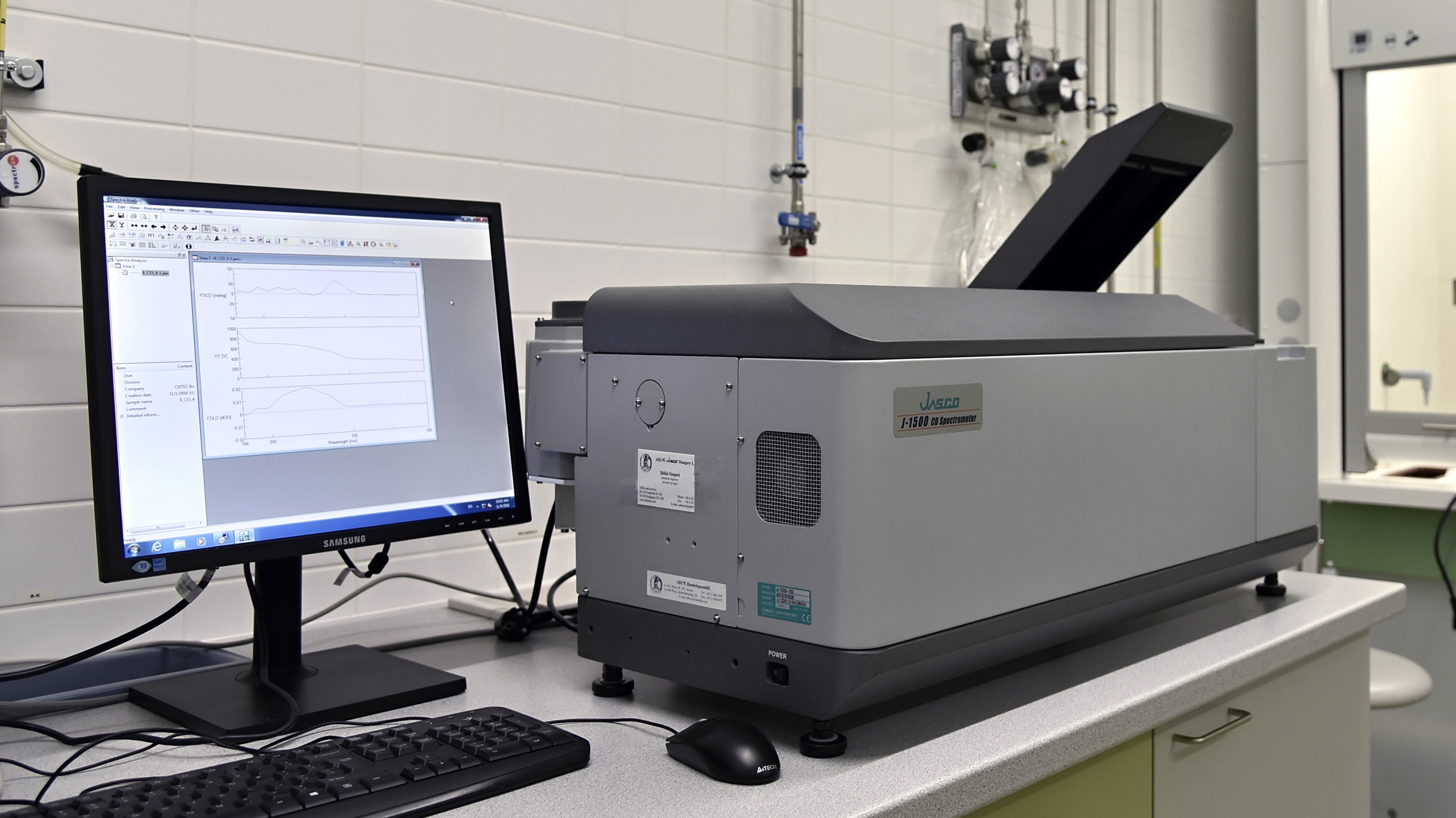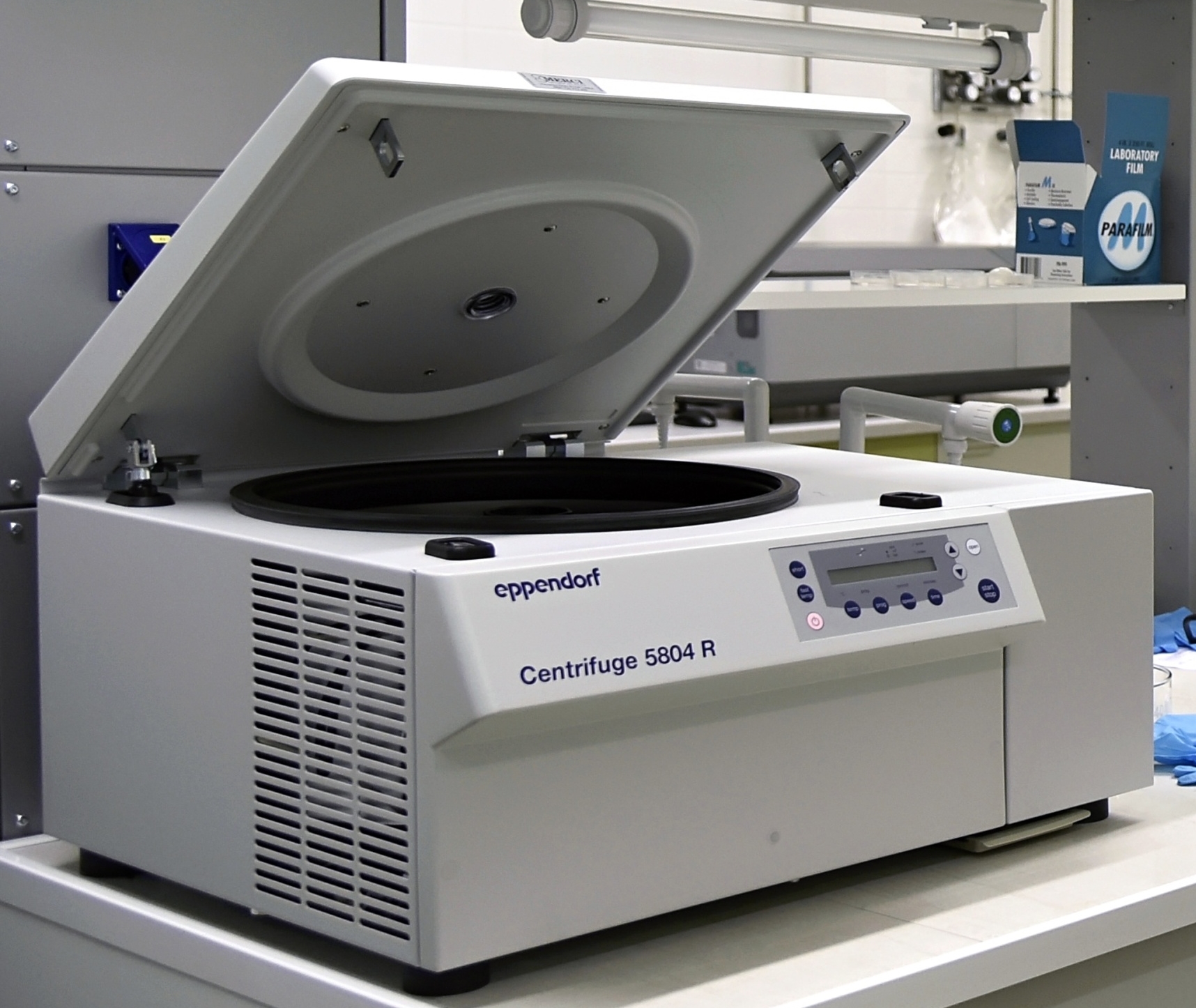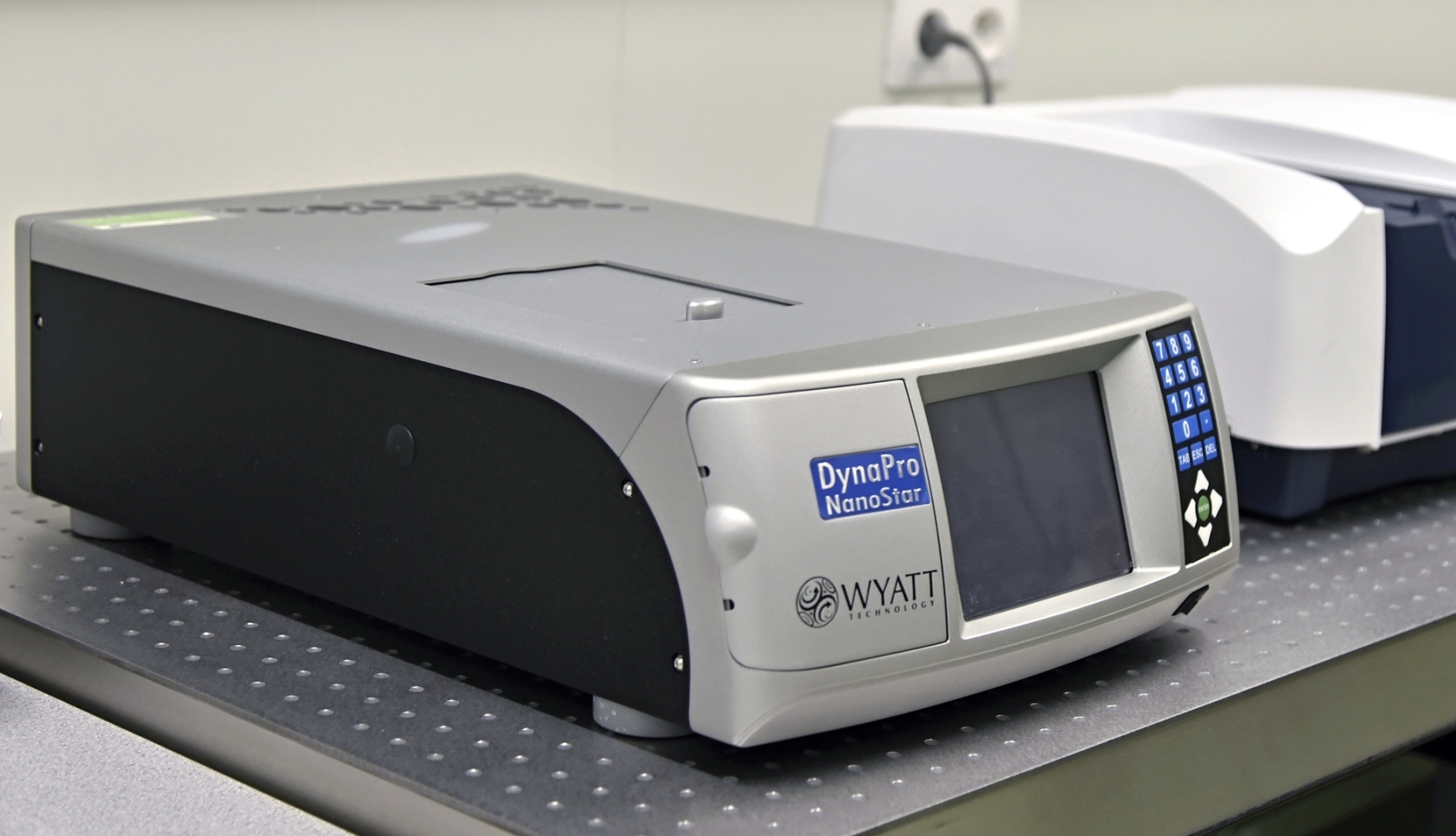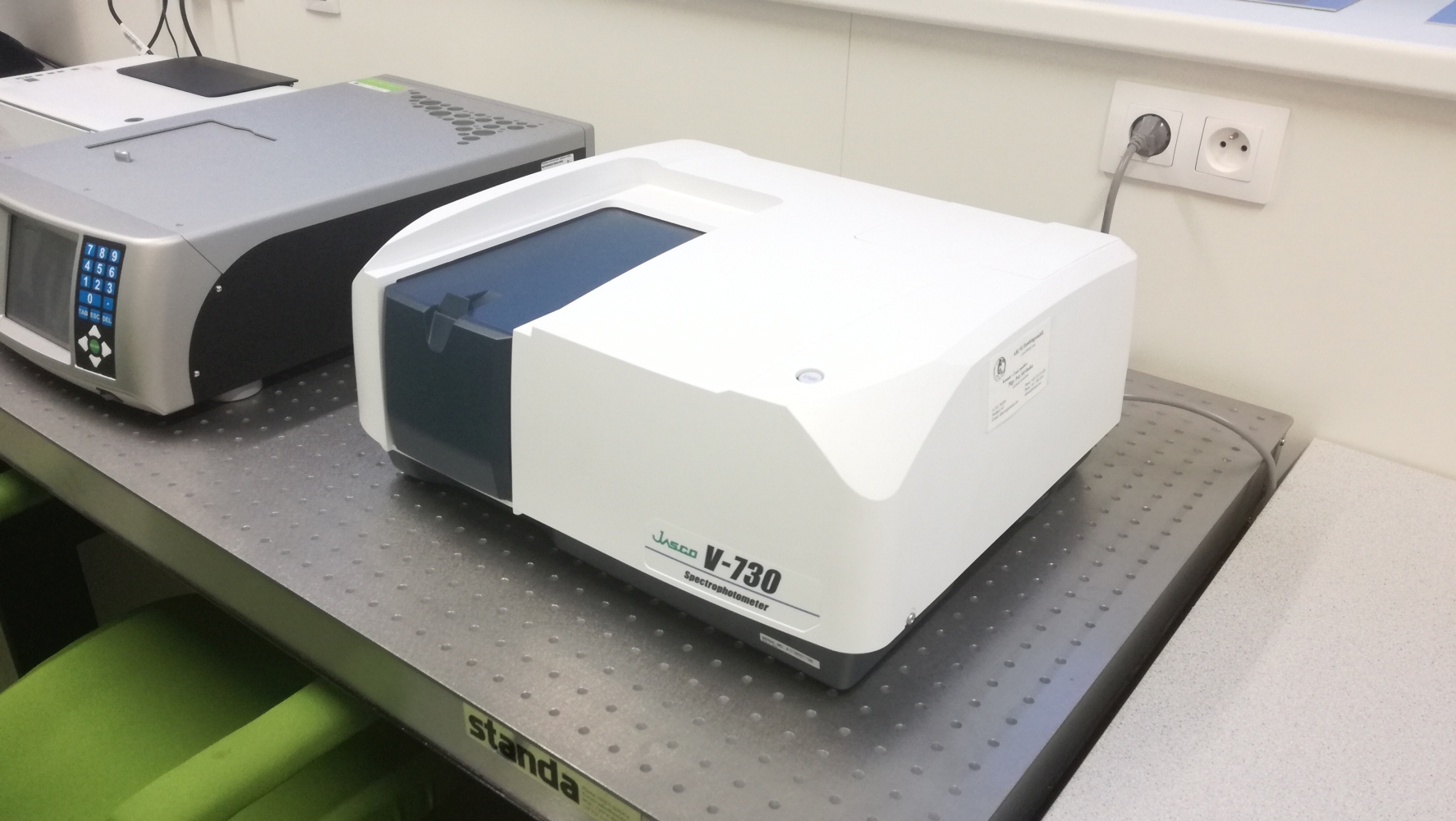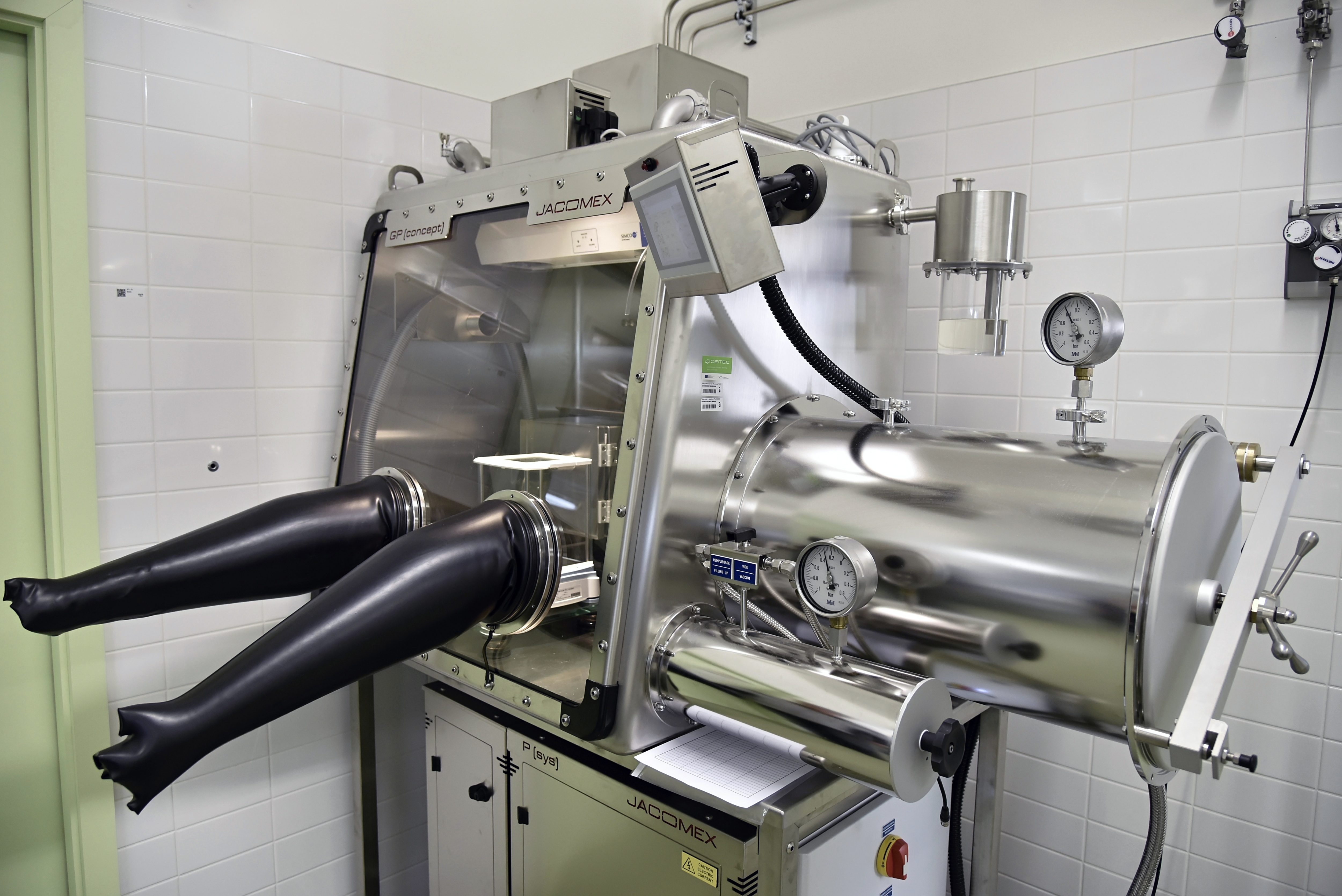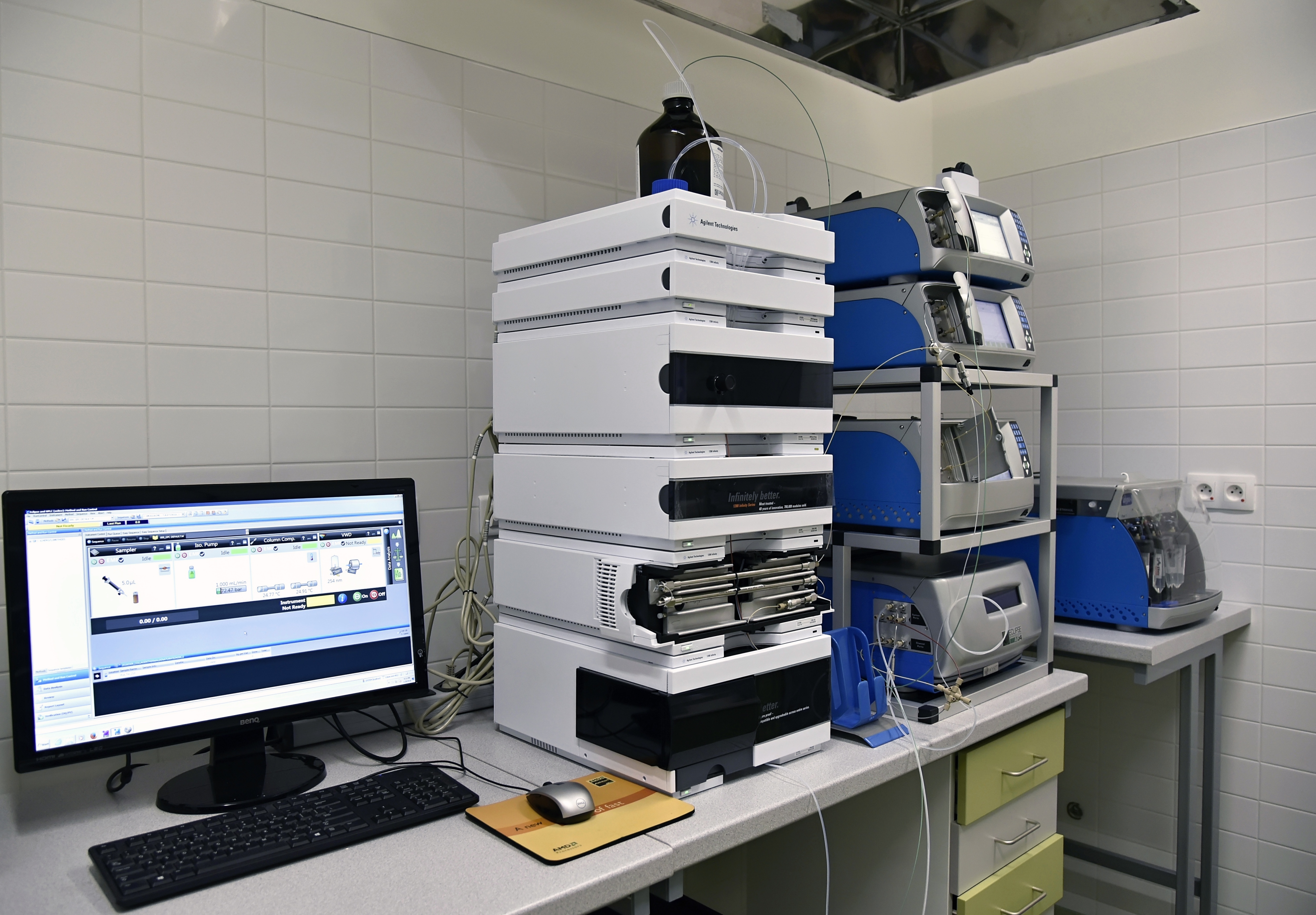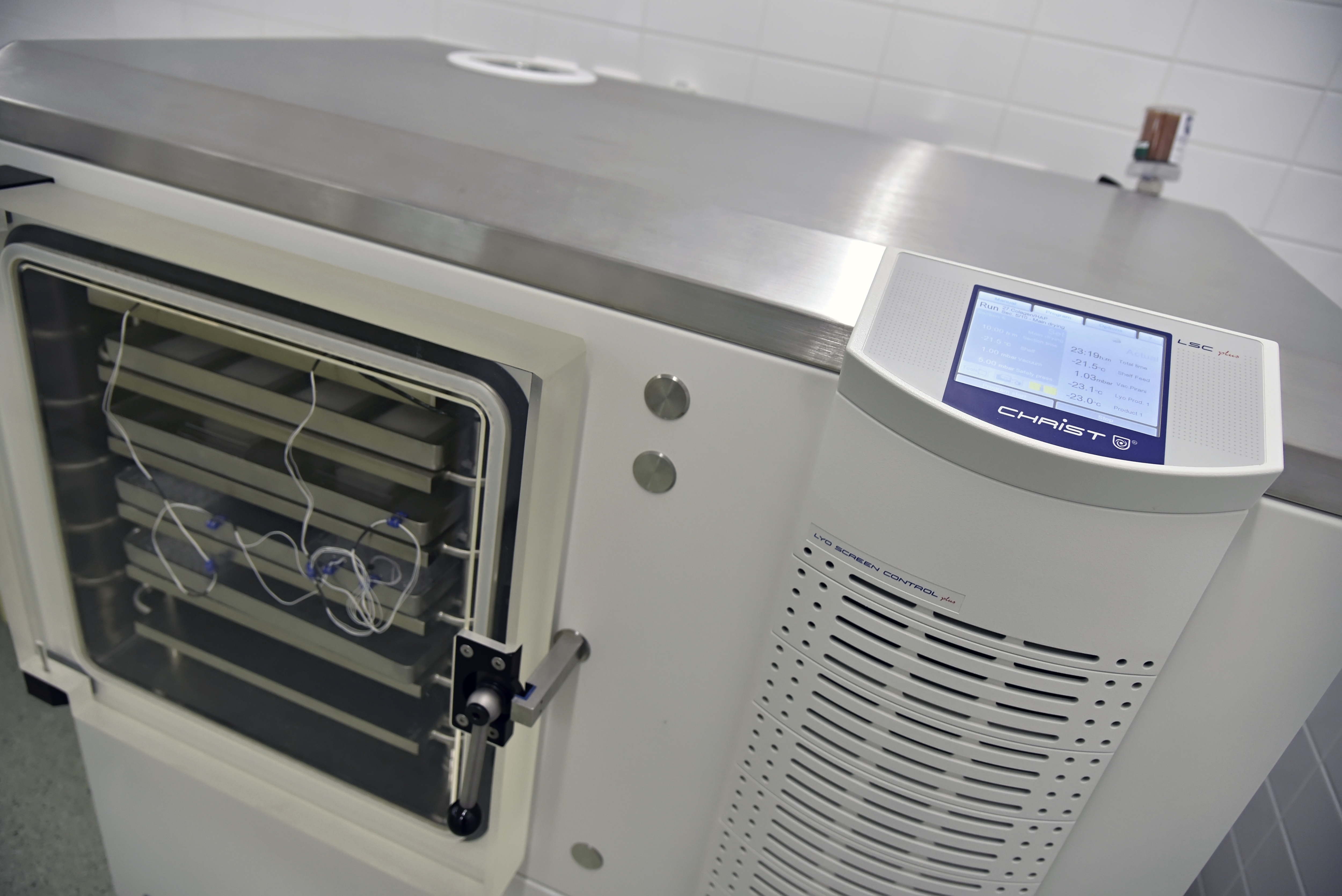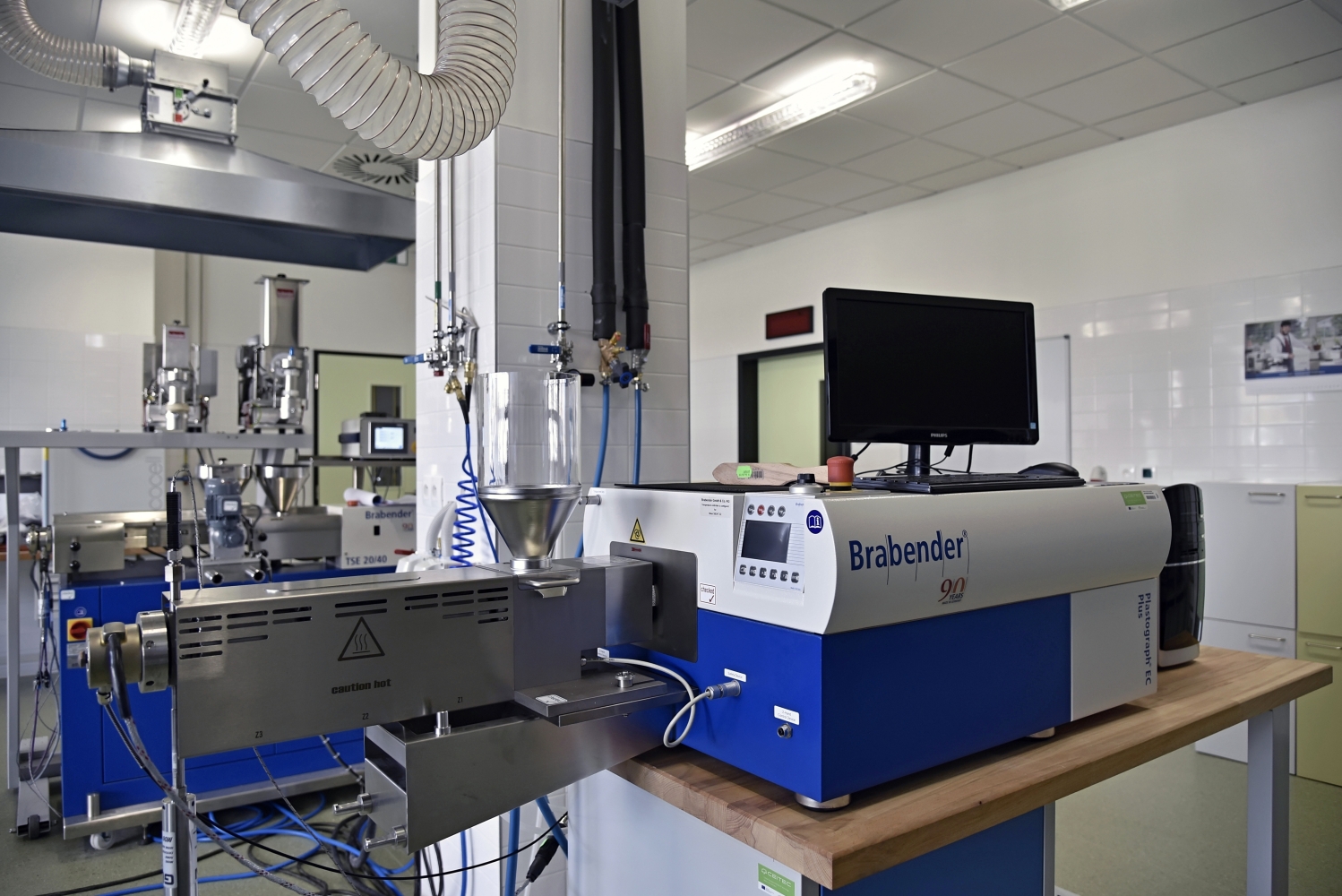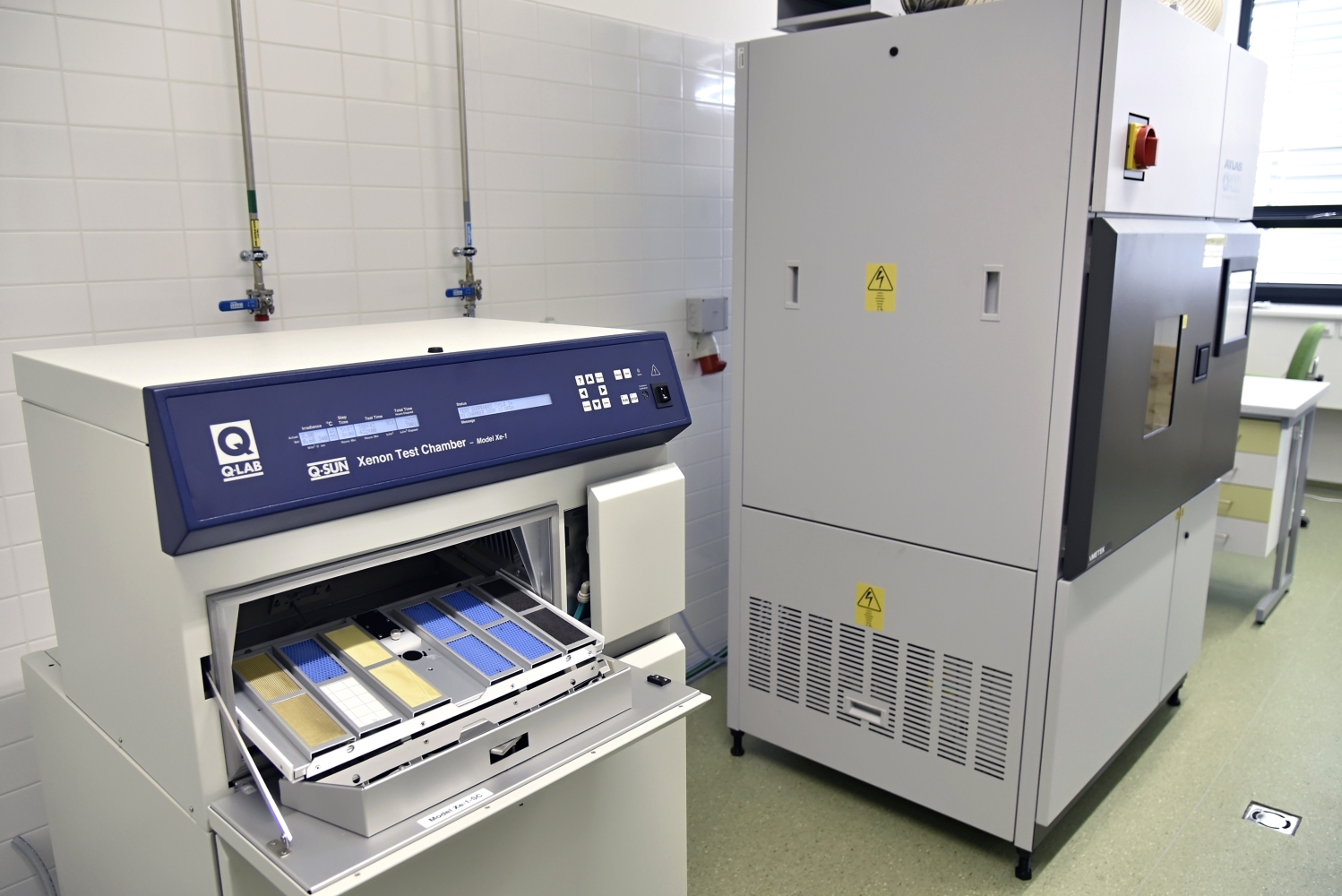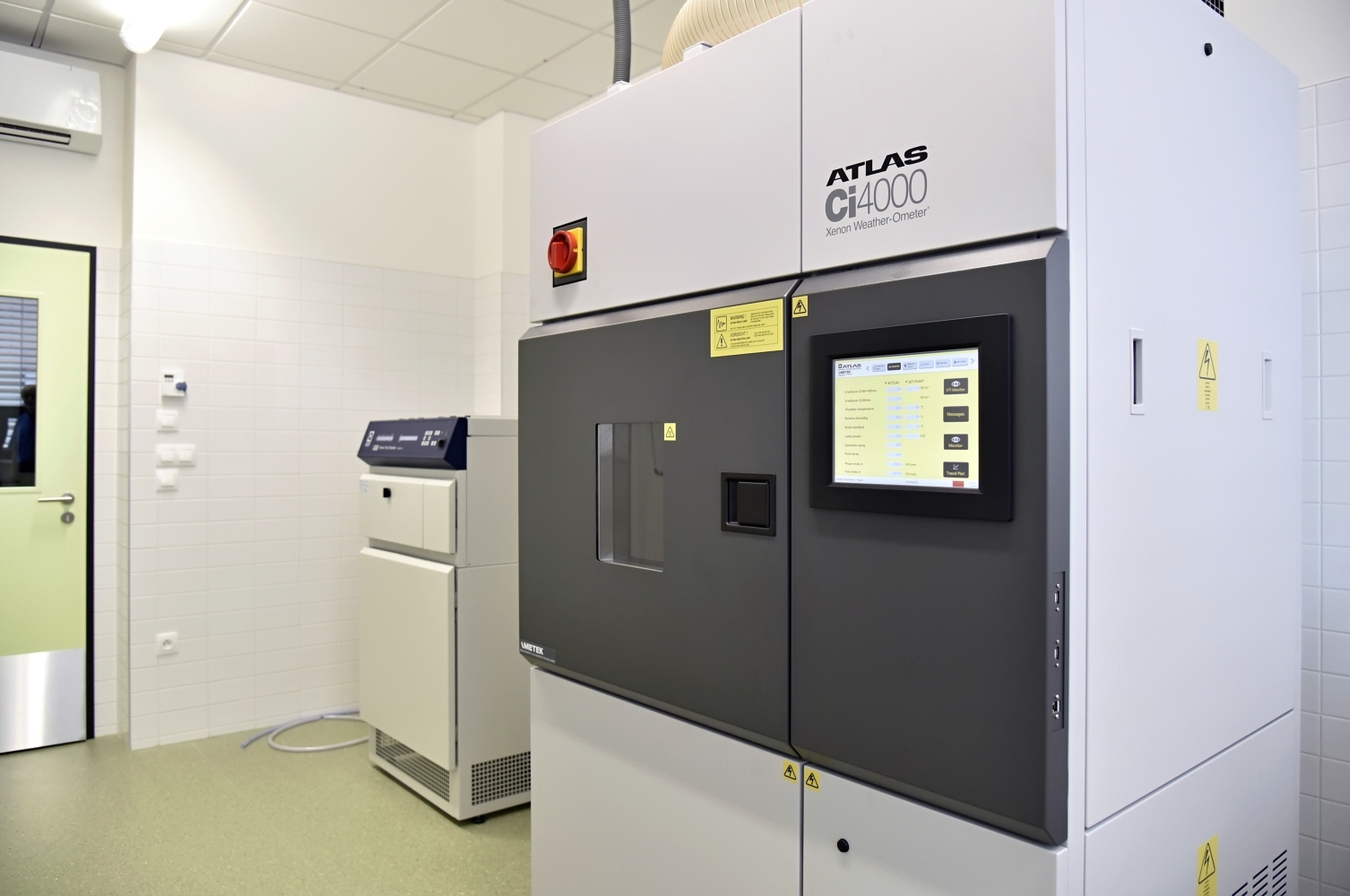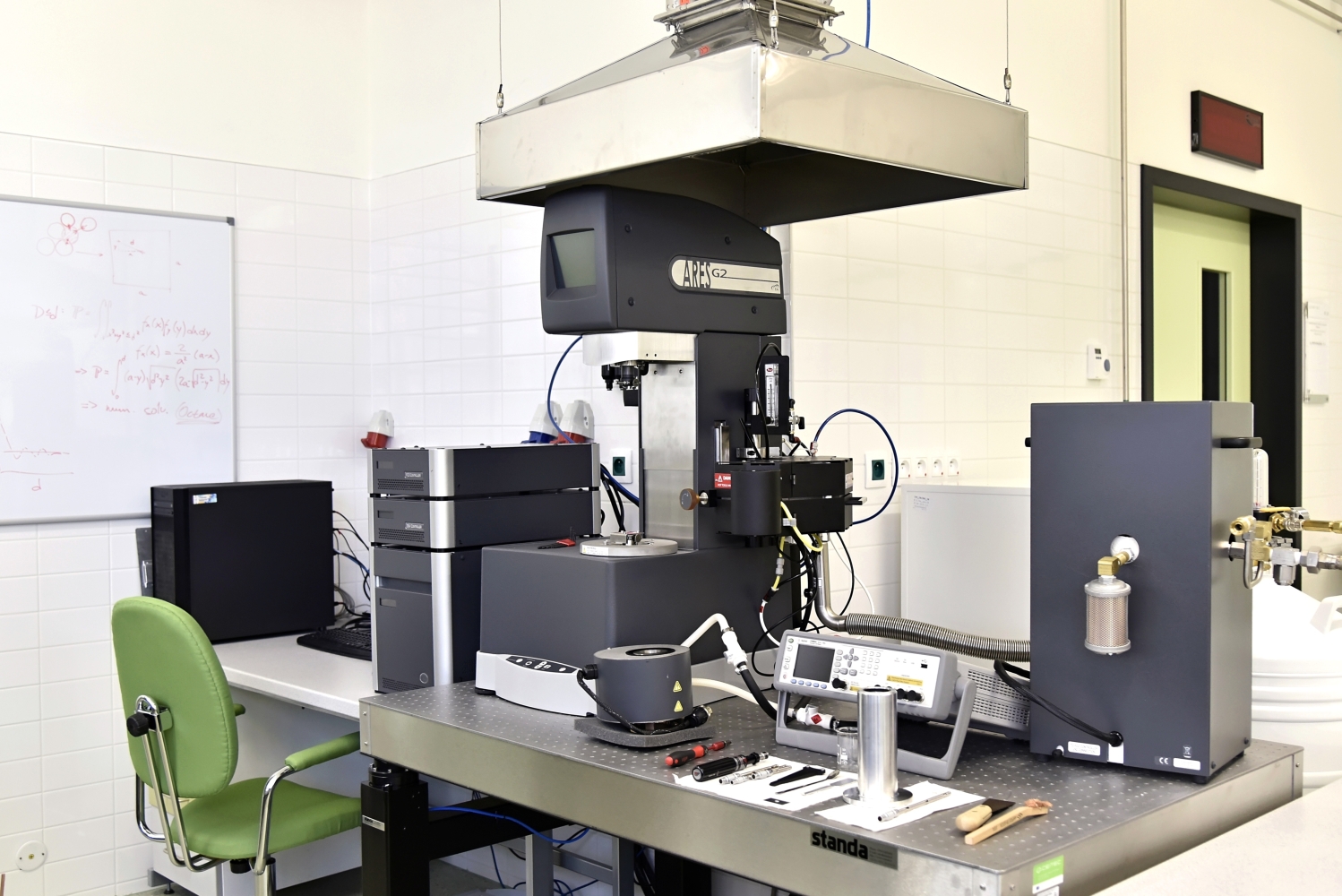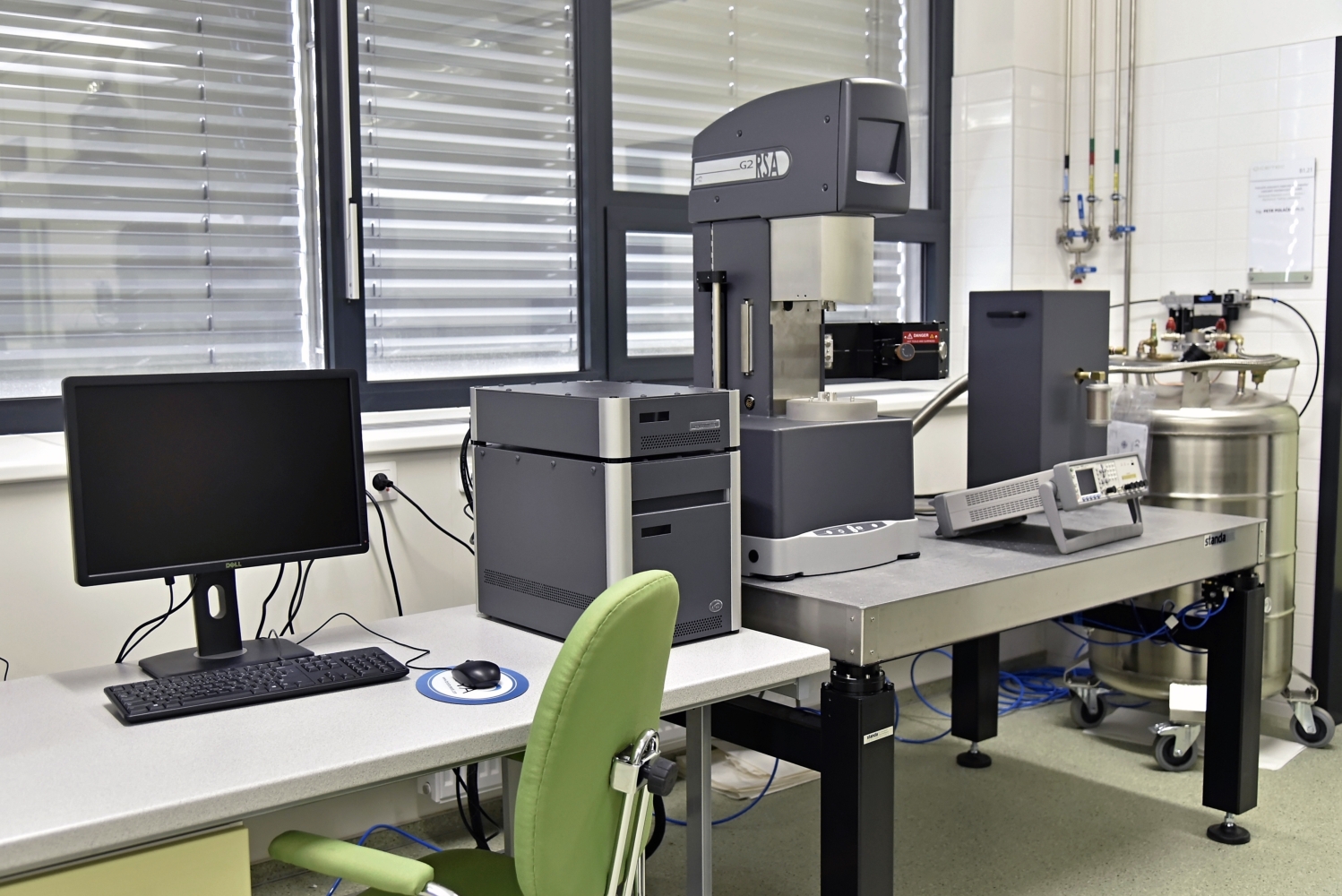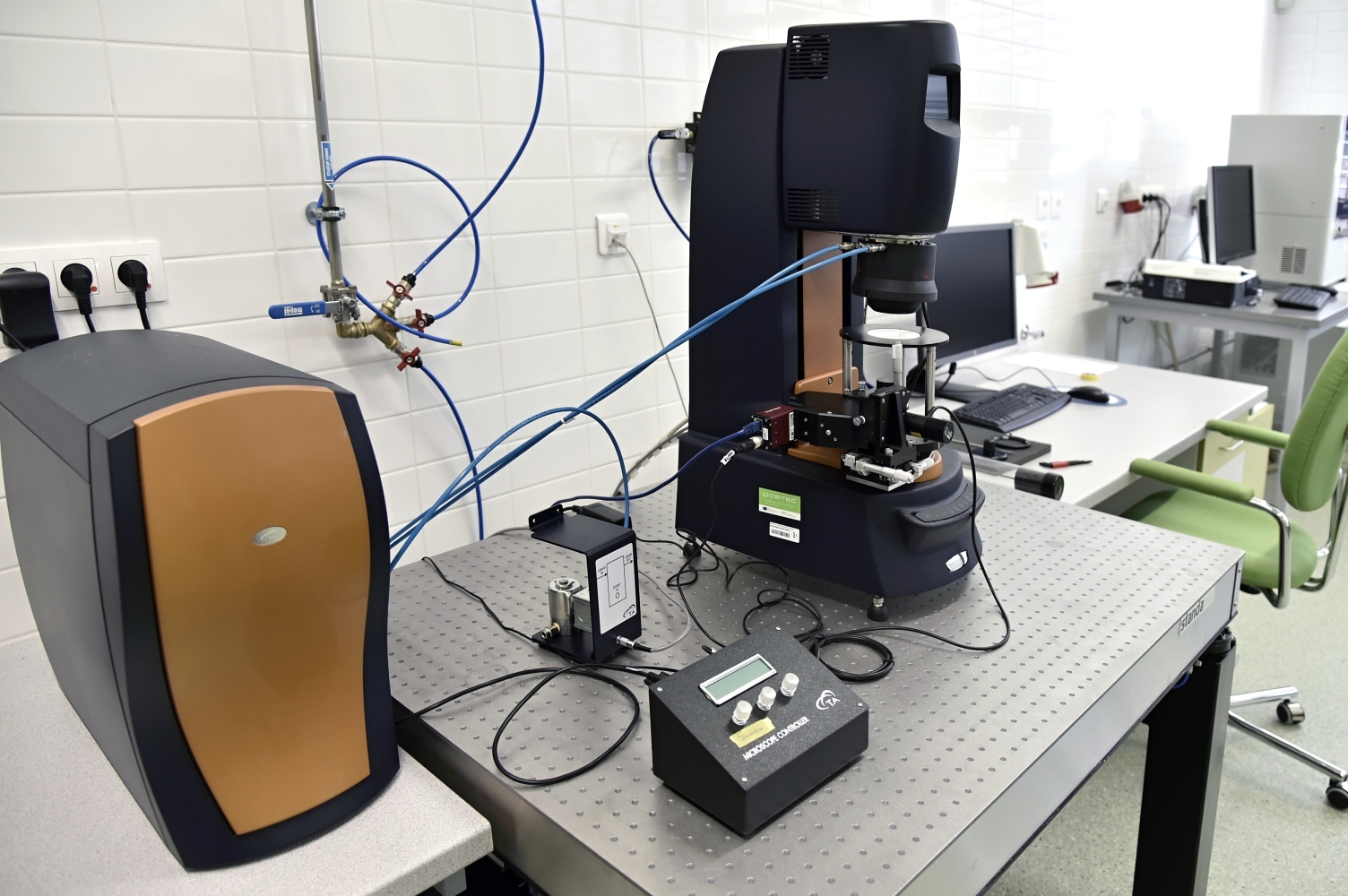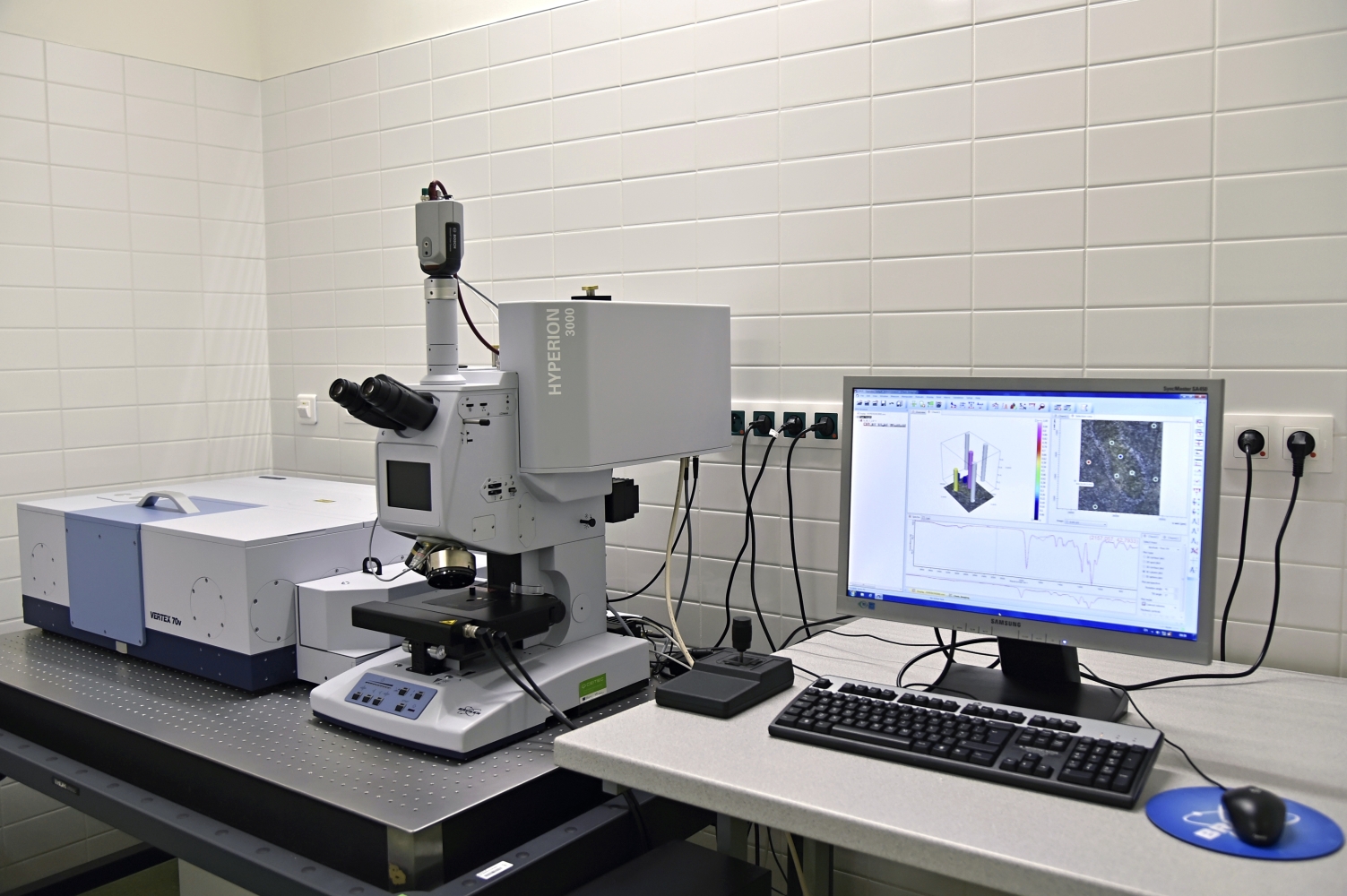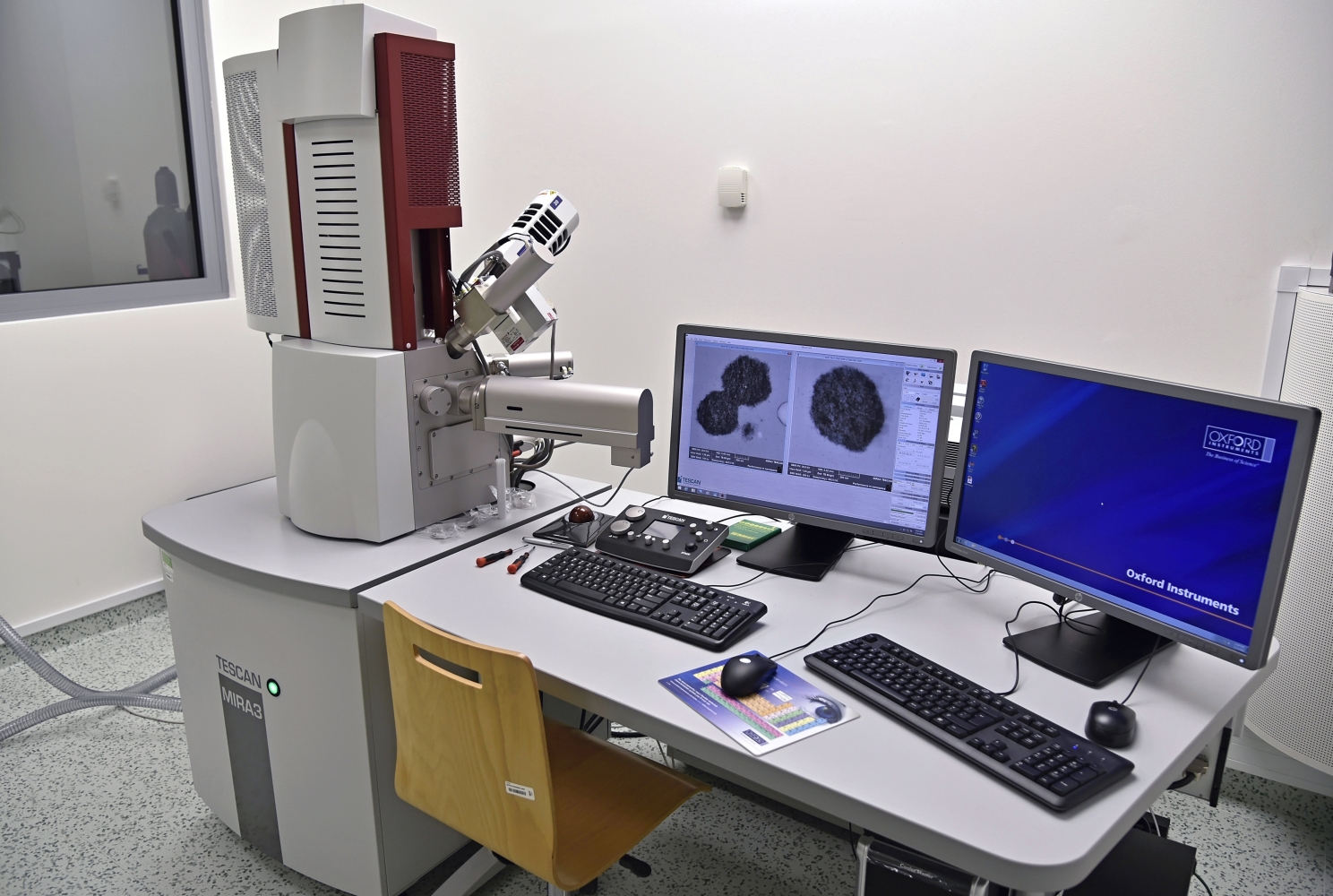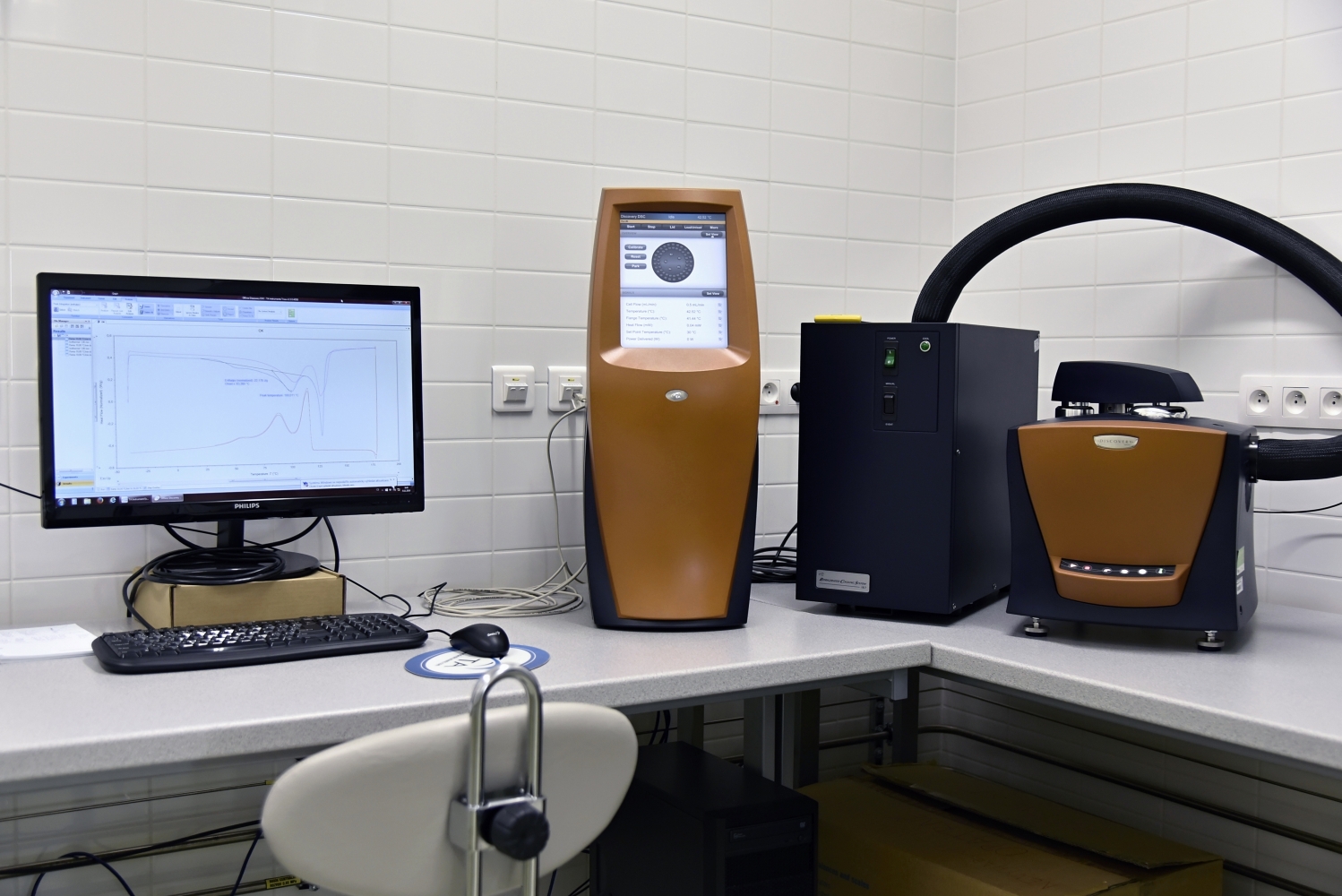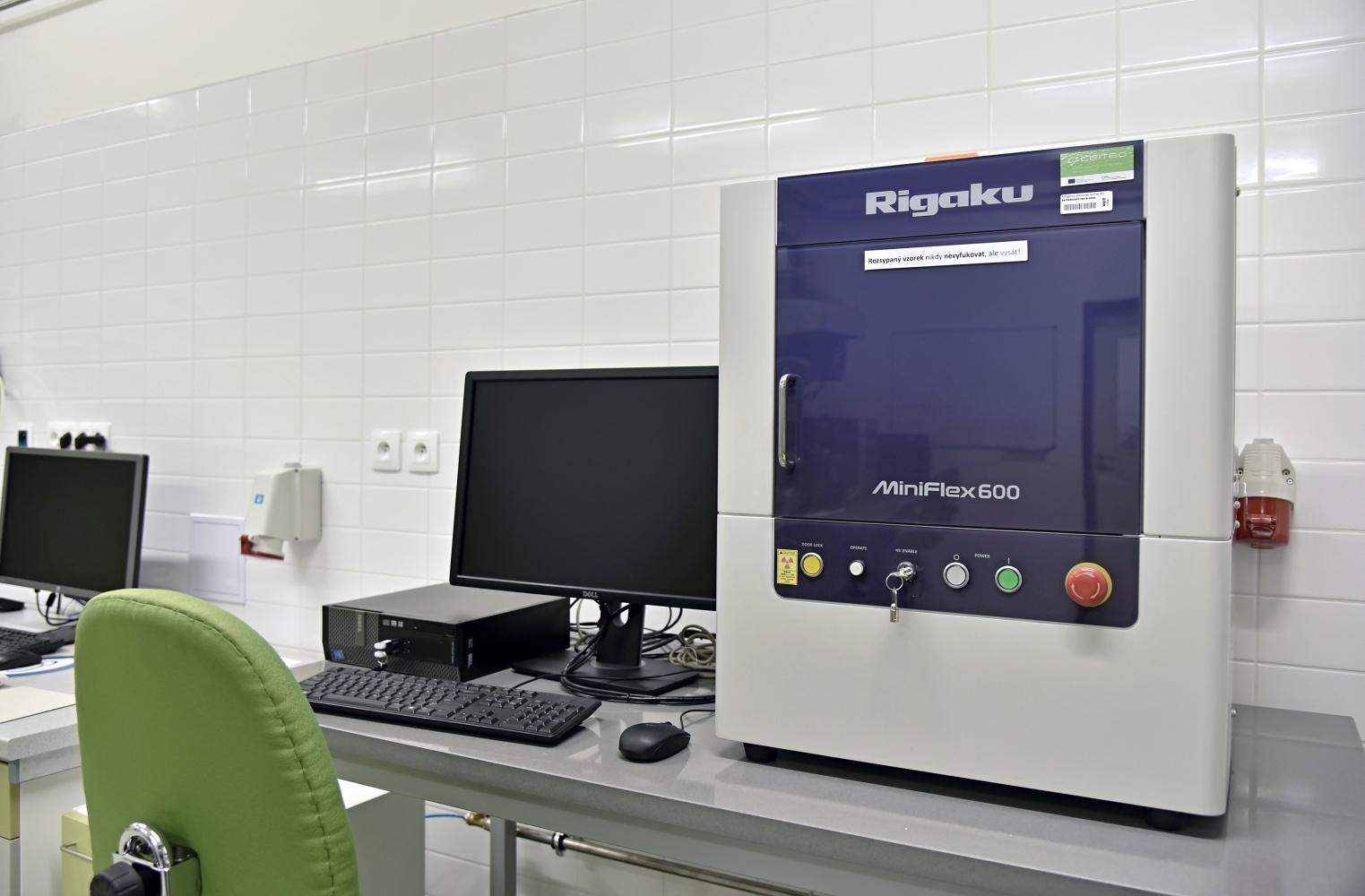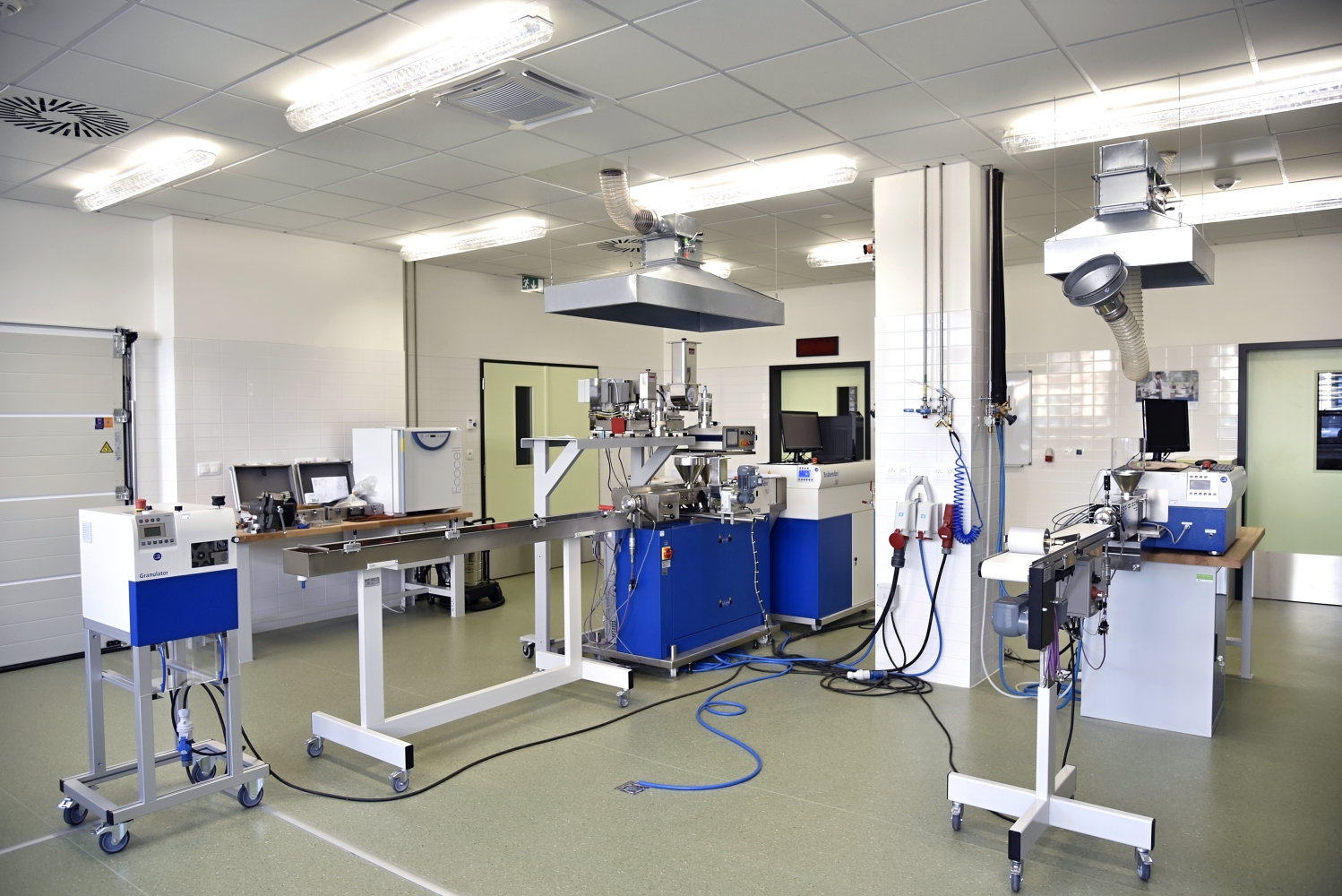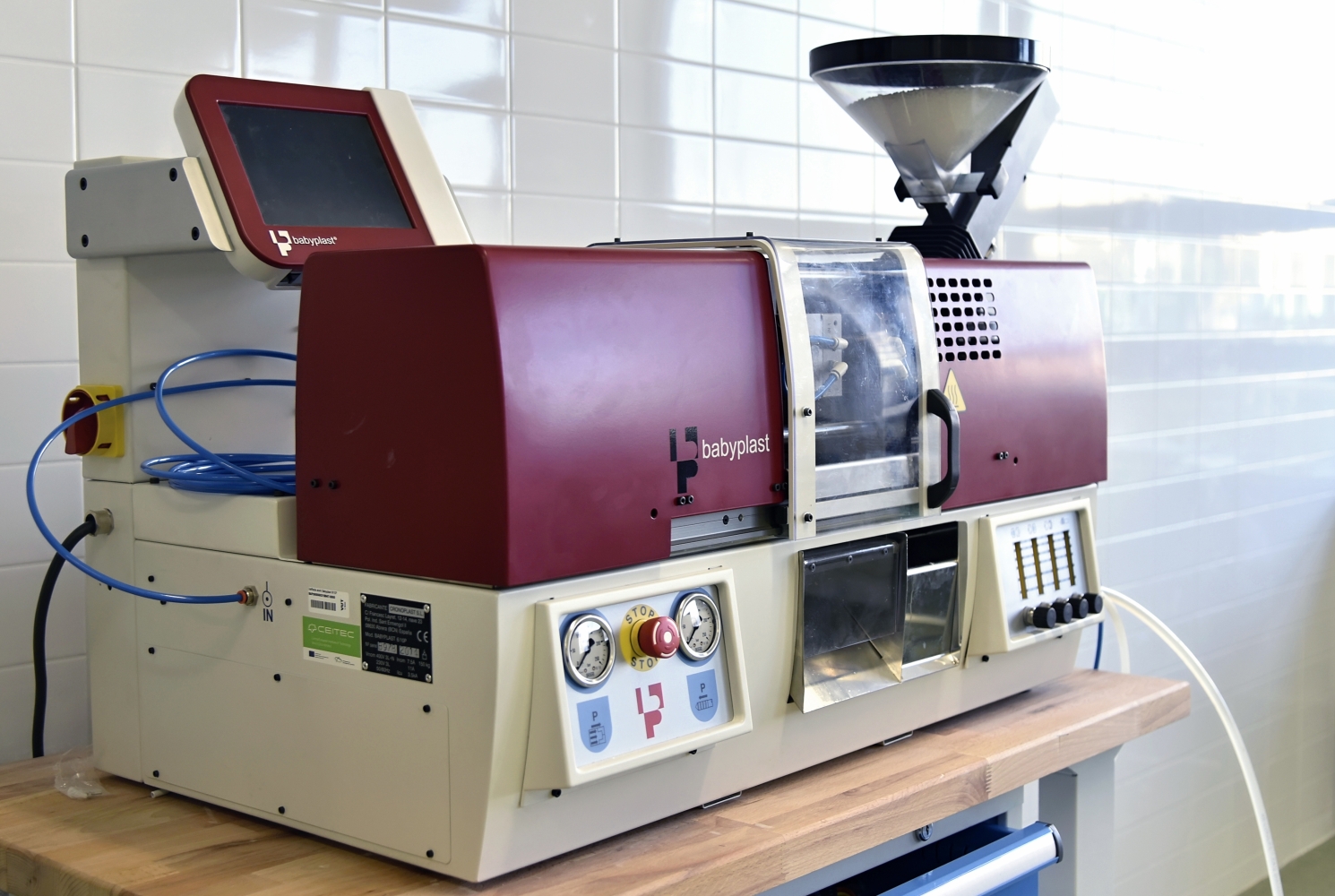
| Phone: |
+420 54114 9898, +420 54114 9310 |
| E-mail: |
|
| Office: |
|

| Phone: |
+420 54114 9828 |
| E-mail: |
,
|
| Office: |
|
Research areas
-
Synthesis of specialty organic and organic-inorganic polymers and copolymers
-
Multi-scale structure-property relationships in polymers and polymer composites
-
Development of advanced functional materials based on nanostructured hierarchical polymers
-
Syntheses of controlled life-span polymers, resorption of biomedical polymers, service life-time period predictions for commodity plastics
-
Physics of heterogeneous polymer systems, deformation and fracture phenomena in polymers reptation dynamics, nanocomposite viscoelasticity, self-assembly
-
Synthesis of biopolymeric materials for tissue engineering and drug delivery
Advanced Polymers and Composites - brochure for download (2,78 MB)
Main objectives
Biomaterials
The development of novel composite biomaterials that can induce the growth of connective tissue on the surface of implants and thus accelerate healing and improve the strength and biological stability of the implant tissue connection (materials for replacement of soft and hard tissues).
Materials for energetics and ecology
The development of novel composite materials with functionally graded structures for improving the efficiency and lifetimes of components and devices for energetics, communication and control technologies (conductive polymer materials for electrodes, biopolymers and precursors from plants and plant residues).
Structural materials
The development of novel polymeric composites with excellent mechanical and thermal properties for structural applications (polymer multifunctional composites for high-tech engineering applications).
Content of research
Advanced polymers and composites
The main activity of the research group is to investigate advanced methods of preparing multifunctional homogeneous and heterogeneous polymeric materials (biomaterials, electromaterials and structural materials) to characterize their structure on various dimensional scales, to quantify structure-property-function relationships on the various structural levels and to develop procedures for engineering the properties of this class of materials in the process of their preparation.
Specific research activities include:
Preparation of advanced multifunctional polymeric and biopolymeric materials
Research in the preparation of novel, advanced multilevel and multifunctional homogeneous and heterogeneous polymeric materials employing advanced syntheses of multifunctional macromonomers and polymers, ultrathin nanostructured polymeric layers and including function specific chemical modifications of biopolymers, syntheses of monomers and polymers from renewable resources and the utilization of genetically modified micro-organisms to produce biopolymers of the prescribed molecular structure.
Quantification of structure-property-function relationships in bulk materials
The characterization of the structural parameters, specific functions and properties of the synthesized materials on various dimensional scales from the nanoscale through the microscale to the macroscale and research in ways of controlling the properties and functions in the various steps of material preparation from the molecular level, through the supermolecular level and morphology to the phase structure and spatial arrangement of the heterogeneities. In addition to the physico-chemical and mechanical properties, the biotoxicity and ecotoxicity of the new materials will also be investigated.
Mechanisms of polymer degradation
Research in the mechanisms and kinetics of degradation of the synthesized materials via hydrolysis and bacterial action, migration of the degradation products to biotic and abiotic components of the environment including investigations in the retention of these species in the environment and in living organisms on the molecular, cellular, tissue and metabolic levels; the use of blood derivatives as bioindicators will also be investigated. Later, the research of degradation mechanisms of commodity plastics and compounds. The investigation of phenomena taking place in the polymer matrix under application conditions; the development of new, more stable materials and ways of making reliable predictions of their service life.
Accelerated ageing
Degradation tests will be carried out in climatic and thermal shock chambers with the possibility of setting up and maintaining the working factors applied to the test samples of materials for the duration of the test. Specifically, this means accelerated life tests accelerated thermal ageing, electrical stress and multistress ageing, cyclical thermal stress (variations in temperature), thermal shock testing, higher relative humidity impact and the effects of visible and UV radiation.
Computer modelling and simulations
The development of novel simulation procedures and methods for computer modelling of structure-property-function relationships in heterogeneous polymeric materials and failure in anizotropic polymeric systems to support computer aided material design, non-Fickean diffusion in degrading solids to predict the lifespan of the polymeric waste.














